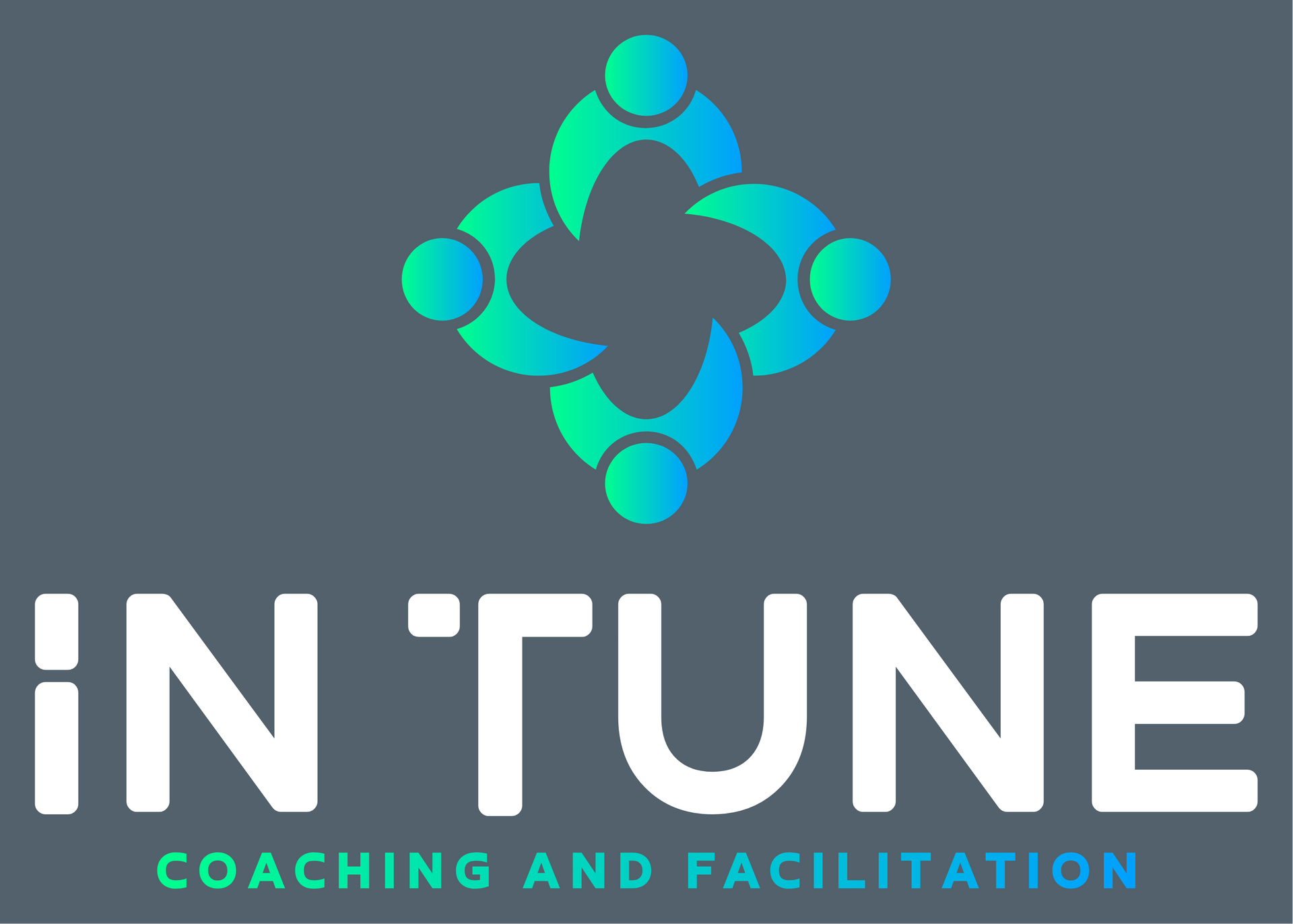The Importance of Building Trust in Leadership and Collaboration
"A lack of consistency undermines trust and the best-laid plans of mice and men." — Maya Angelou

Trust is a fundamental component of effective leadership and collaboration. When leaders and team members trust each other, they are more likely to be open, honest, and transparent, leading to better communication, increased productivity, and improved outcomes. In this article, we will explore the importance of building trust in leadership and collaboration.
What is Trust?
Trust is a psychological state characterized by confidence in the reliability, integrity, and benevolence of an individual or organization. When individuals trust each other, they feel secure in sharing information, resources, and expertise, knowing that their partners will act with integrity and respect.
Benefits of Building Trust
Building trust has numerous benefits for leaders and teams, including:
- Improved Communication: When team members trust each other, they are more likely to communicate openly and honestly, reducing misunderstandings and conflicts.
- Increased Productivity: Trust fosters a sense of security and stability, allowing individuals to focus on their work without fear of judgment or retribution.
- Better Decision-Making: When leaders and team members trust each other, they are more likely to make informed decisions that benefit the organization as a whole.
- Enhanced Creativity: Trust encourages innovation and creativity, as individuals feel comfortable sharing ideas and taking risks.
Strategies for Building Trust
Building trust requires effort and commitment from both leaders and team members. Here are some strategies for building trust:
1. Lead by Example
Leaders set the tone for their organization's culture. Demonstrate integrity, empathy, and respect in your interactions with others, and you will build trust more quickly.
2. Be Transparent
Communicate openly and honestly with your team members. Share information, goals, and expectations to ensure everyone is on the same page.
3. Foster a Positive Work Environment
Create a positive work environment by recognizing and rewarding individual contributions, providing opportunities for growth and development, and promoting work-life balance.
4. Listen Actively
Active listening involves fully engaging with others, asking questions, and seeking clarification when needed. This helps build trust by demonstrating that you value and respect the opinions of others.
5. Empower Team Members
Give team members autonomy to make decisions and take ownership of their work. This fosters a sense of responsibility and accountability, leading to increased trust.
Challenges to Building Trust
Building trust can be challenging due to various factors, including:
- Cultural Differences: Different cultures may have varying levels of trust, making it essential to understand and respect these differences.
- Communication Breakdowns: Poor communication can lead to misunderstandings and mistrust.
- Power Imbalances: Unequal power dynamics can create tension and undermine trust.
Conclusion
Building trust is a critical component of effective leadership and collaboration. By understanding the importance of trust, leaders and team members can take steps to build strong relationships, foster open communication, and drive success. Remember that building trust takes time, effort, and commitment from both sides.
Recommended Reading:
- The Speed of Trust by Stephen M.R. Covey
- Dare to Lead by Brené Brown
- Leaders Eat Last by Simon Sinek
- Radical Candor by Kim Scott
- Trust Factor: The Science of Creating High-Performance Companies by Paul Zak
Stay Tuned with Tune In: Your Go-To for Inspiration and Personal Growth
Join the In Tune community and get exclusive updates on our latest blog posts straight to your inbox! ✨
From mindfulness tips to insights on living a more fulfilling life, we’ve got the tools to help you tune into your best self.
Sign up today and never miss a beat! 🎶




